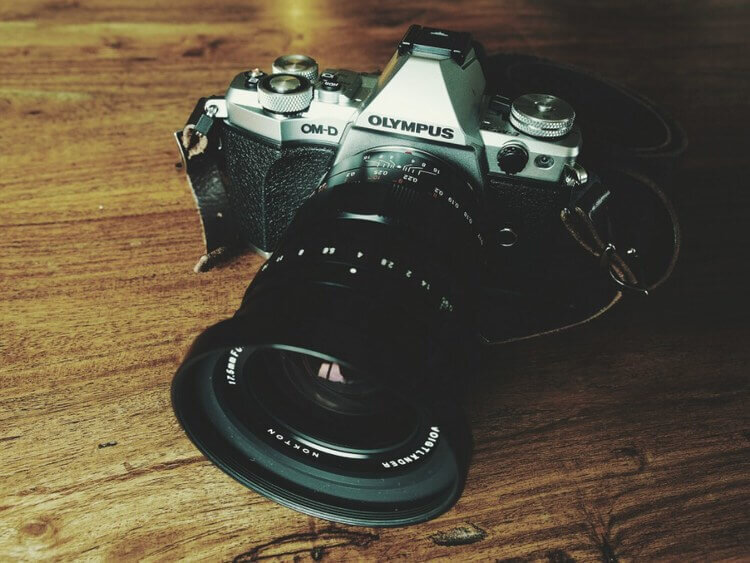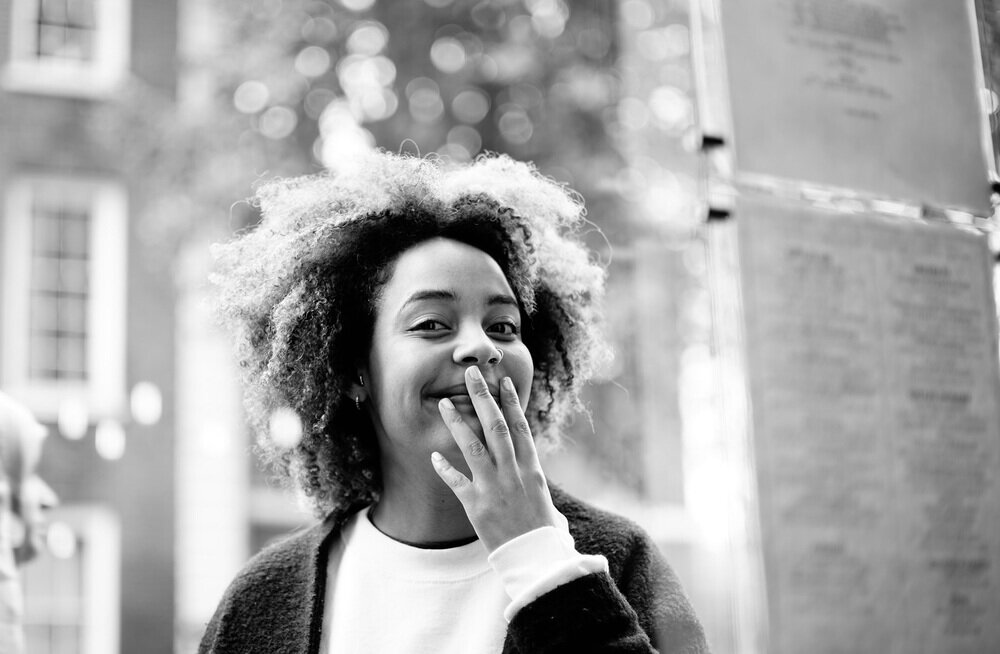The choice of cameras and lenses for street photography is so broad that without the right knowledge it can all be very off-putting.
So where do we start? What is the best lens for street photography?
Whilst a lot of talented “modern” street photographers use camera phones or compact cameras for street photography and do a great job at it, this article will focus on prime lenses and the various focal lengths available to the street photographer using interchangeable lens systems.
We'll discuss how the choice affects everything from how the shot is created to how it affects how the final images look.
That Voigtlander is a gem…
Why are prime lenses better?
“Better” is probably not the right term. It’s up to the photographer and what suits them best and I’m just setting myself up for lots of angry comments (leave them at the end of this post)
I personally prefer prime lenses for my urban photographs.
Prime lenses have a fixed focal, they cannot zoom, instead you just have to get closer or further away to adjust your frame and composition. This has its limitations (at times frustrations) but also many benefits.
Fixed focal lenses are usually smaller and lighter than their zooming counterparts since they have fewer elements making them ideal if you wish to reduce the bulk of your equipment.
Prime lenses are generally sharper and optically superior by the simplicity of their design. There are no moving elements and fewer layers of glass than in zooms therefore light gets to the sensor with less degradation.
Often they’ll be faster lenses allowing for wider aperture (sometimes as far as f0.95) whereas many zooms are limited to f2.8.
The benefit of this is a much shallower depth of field than you'd get with zooms, ideal for (street) portraits as the shallow depth of field isolates the subject.
Another key benefit is the possibility to shoot handheld in low light without having to crank up the ISO resulting in lower image quality or slow down the shutter too dramatically resulting in unwanted motion blur.
So what is the best lens for street photography / the best focal length?
Should I use a 35mm or 50mm for shooting in the streets?
Opinions are divided and it’s, as with everything, often just a matter of preferences.
In fact it isn’t just limited to 35 or 50 as some successful street photographers experiment with other focal lengths for a less conventional look.
Anything below 35mm:
Wide lenses that are below 35mm in street photography can be seen as more difficult to use.
You’re shooting people and you want them to be the main focal point in your photo. In order for this to happen with anything under 35mm you’ll need to be really close, kind of “in their face”.
That doesn’t mean it cannot yield interesting results. Street photographer Willem Jonkers for example often shoots street photography with a fisheye. The results are indeed very interesting (because he does it so well) but far from a real life representation. It's worth checking his website.
35mm
Arguably the most used focal length by street photographers. Whilst I shoot lots with a 35mm, I don’t enjoy it as much as a fifty.
I did capture an entire series spanning an entire year, "The Great Londoners” using a 35mm lens.
When on occasions I do use a 35mm, since I shoot with mirrorless, my favourites are:
- Voigtlander Nokton 17.5mm (35mm FF equivalent) f.95 for Micro Four Thirds
- M.zuiko 17mm (35mm FF equivalent) f1.8 for Micro Four Thirds
- 35mm f1.4 Distagon FE for Sony A7 mirrorless such as the A7RIV.
These were shot using a 35mm at about two metres from the subject:
50mm aka the “nifty fifty”
The 50mm is the ideal street photography lens. Actually it’s an ideal lens full stop.
It has the most applications of any focal and hence why they are often referred to as the “nifty fifty”, the versatile lens. If you have to buy one lens only, my advice is go for the fifty. There is barely any distortion as opposed to the 35mm. It feels just right.
When I was shooting micro four thirds before I switched to full frame, my favourite 50mm equivalent was the Pana Leica 25mm (50mm FF equivalent). What a brilliant little lens.
These days on the Sony A7 series I really love the Voigtlander Nokton 50mm f1.5 which is a Leica M mount lens but fits Sony A7 cameras with an adaptor.
Here's a shot taken with the Nokton 50mm and my old A7RII, I was inside a pub and yet managed a close shot, in my opinion a 35mm would have been too wide:
>50mm
Beyond 50mm you’ll be struggling a bit as often it’ll be a too tight crop and you’ll find yourself moving back… back…back until you eventually hit a wall.
Of course it’s helpful for anyone uncomfortable shooting strangers (isn’t that all of us?). Maybe too helpful?
You’ll probably be far too detached from the scene you are shooting and the whole point with street photography is to try get out of your comfort zone, be a little more immersed.
There are however times where you need a longer focal. It could be to shoot the street from a certain elevation or across the street saving you from getting run over by traffic whilst standing in the middle of the road.
The shot below was shot with a 90mm lens.
I could only be on the other side of the street because of heavy traffic and didn't want to overly crop so it was a good choice on that occasion.
And this next shot, being on top of a fairly high bridge, I needed a longer focal to get such a close shot without the need to crop:
Conclusion
Having written this I have to say I keep bouncing between 35 and 50mm. They both are interesting to use and any street photographer should probably own both of them.
Can't quite remember who said it, but I like this quote:
"You date your cameras but you marry your lenses".
Choose glass wisely as even if you upgrade your camera every year or two or three, great lenses remain great lenses.
If you are a micro four thirds user you may also want to check-out my review of the best lenses for micro four thirds.
What have I missed? Leave a comment!
Until next time.







